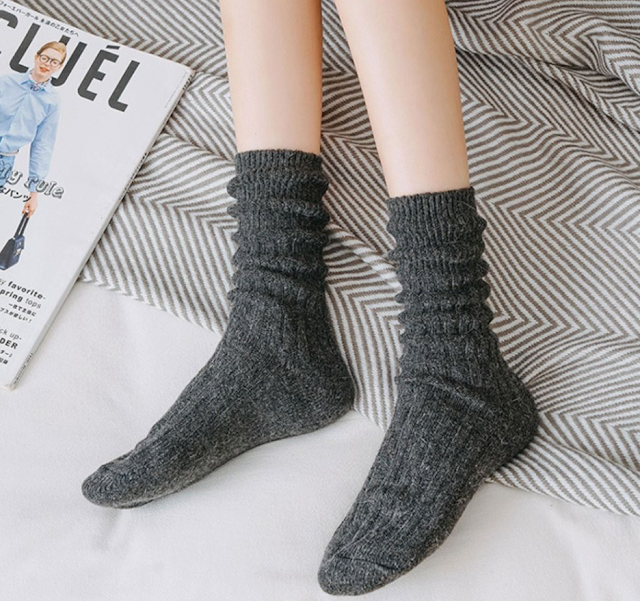How to Prevent Blisters with Wool Socks
Choose the Right Size and Fit
The first step in preventing blisters with wool socks is to choose the right size and fit. Socks that are too tight or too loose can cause friction, leading to blisters. Look for wool socks that fit snugly but not too tight, with a wide top to prevent constriction. Additionally, look for wool socks with targeted cushioning in high-pressure areas such as the heel and ball of the foot, which can help to prevent blisters.
Opt for High-Quality Wool
The quality of the wool used in socks can make a significant difference in blister prevention. Choose socks made from high-quality wool fibers such as merino wool, which is soft, durable, and has excellent moisture-wicking properties. High-quality wool socks can help to keep your feet dry and reduce the risk of blisters caused by dampness.
Moisture Wicking Properties
Moisture-wicking properties are essential for preventing blisters with wool socks. When your feet sweat, moisture can get trapped inside your socks, making your feet cold and uncomfortable. Look for socks with moisture-wicking properties to keep your feet dry and reduce the risk of blisters. Wool fibers can absorb up to 30% of their weight in moisture, making them an excellent choice for blister prevention.
Wear Socks with Seamless Toe
Seams in socks can cause friction, which can lead to blisters. Look for wool socks with a seamless toe to prevent irritation and blisters. Seamless toe socks are designed with a special construction that eliminates the seam on the toe, providing a smooth and comfortable fit.
Choose the Right Shoes
Wearing the right shoes is just as important as wearing the right socks when it comes to blister prevention. Choose shoes that fit well and are comfortable, with enough room for your toes to move around. Additionally, avoid wearing new shoes for extended periods, as they can cause friction and blisters until they are broken in.
Use Anti-Friction Balm
Anti-friction balms can help to prevent blisters by reducing friction between your skin and socks or shoes. Apply a small amount of anti-friction balm to high-pressure areas such as the heel and ball of the foot before putting on your wool socks. This can help to reduce friction and prevent blisters from forming.
Here are some things to look out for when choosing to wear wool socks:
- Material selection: Choose high-quality 100% wool or wool-blend socks. Avoid socks that contain synthetic or cotton blends, as these materials can absorb sweat and make feet damp and airtight. In addition, it is not advisable to choose wool socks that are too heavy, so as not to affect the wearing comfort.
- Size Selection: Make sure to choose the right size to avoid wearing discomfort and grinding feet. Wool socks should fit the shape of your foot, but not too tight, to ensure good blood circulation.
- Breathability: Wool socks should have good breathability to absorb and wick away sweat, keeping feet dry and comfortable, and preventing infections such as athlete's foot.
- Thickness selection: Choose the appropriate thickness of socks according to the ambient temperature and wearing needs. Cold temperatures call for thick socks, while high temperatures call for thinner styles.
- Change often: Wool socks should be changed daily for hygiene and comfort. After long-distance walking or physical exertion, the socks should also be replaced in time to keep the feet clean and dry.
In conclusion, preventing blisters with wool socks requires choosing the right size and fit, opting for high-quality wool, selecting socks with moisture-wicking properties and seamless toes, choosing the right shoes, and using anti-friction balm. By following these tips, you can enjoy the benefits of wool socks while reducing the risk of blisters and other foot problems.



评论
发表评论